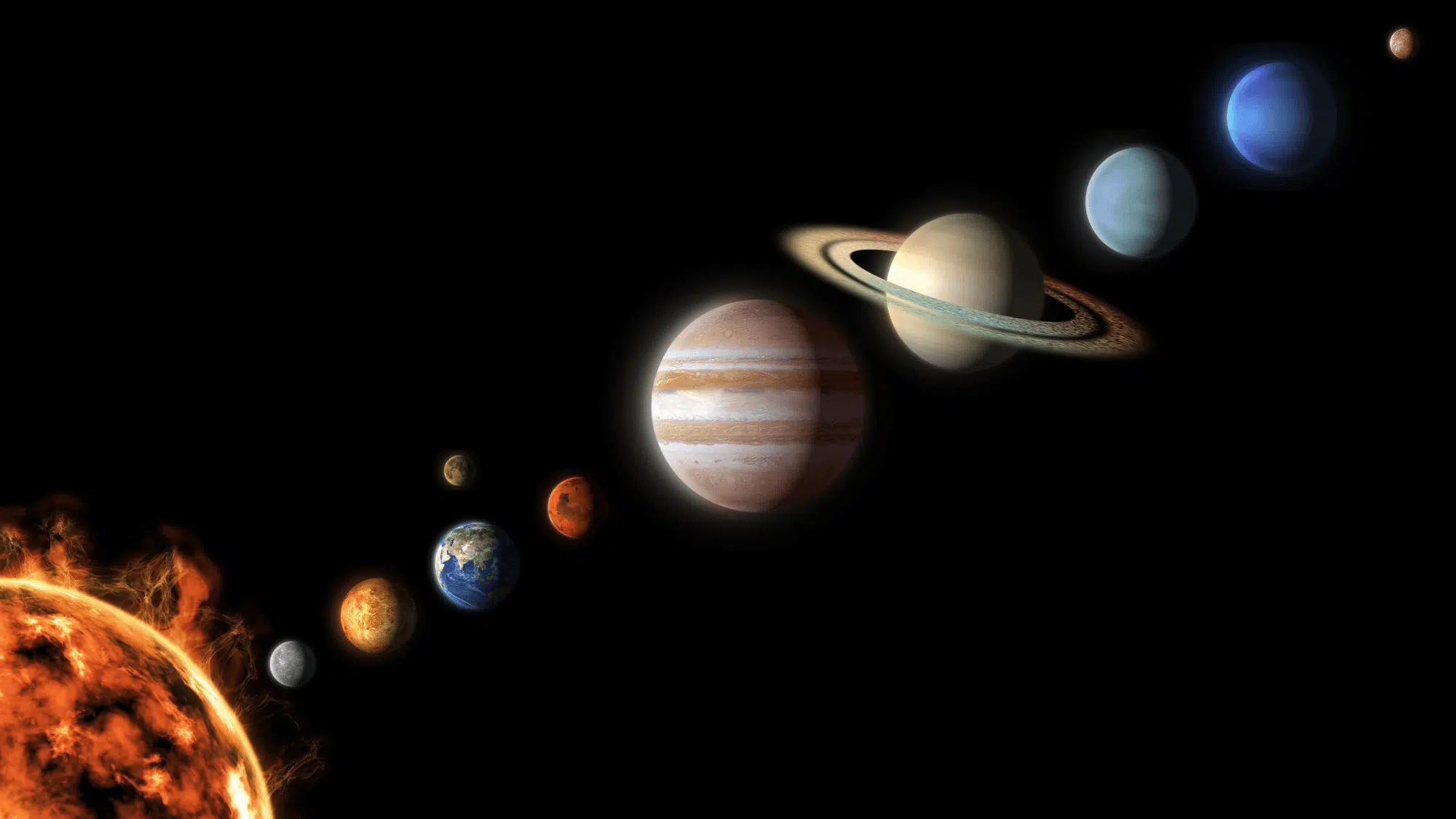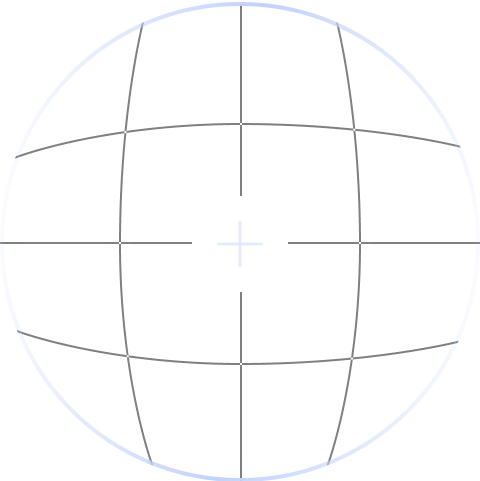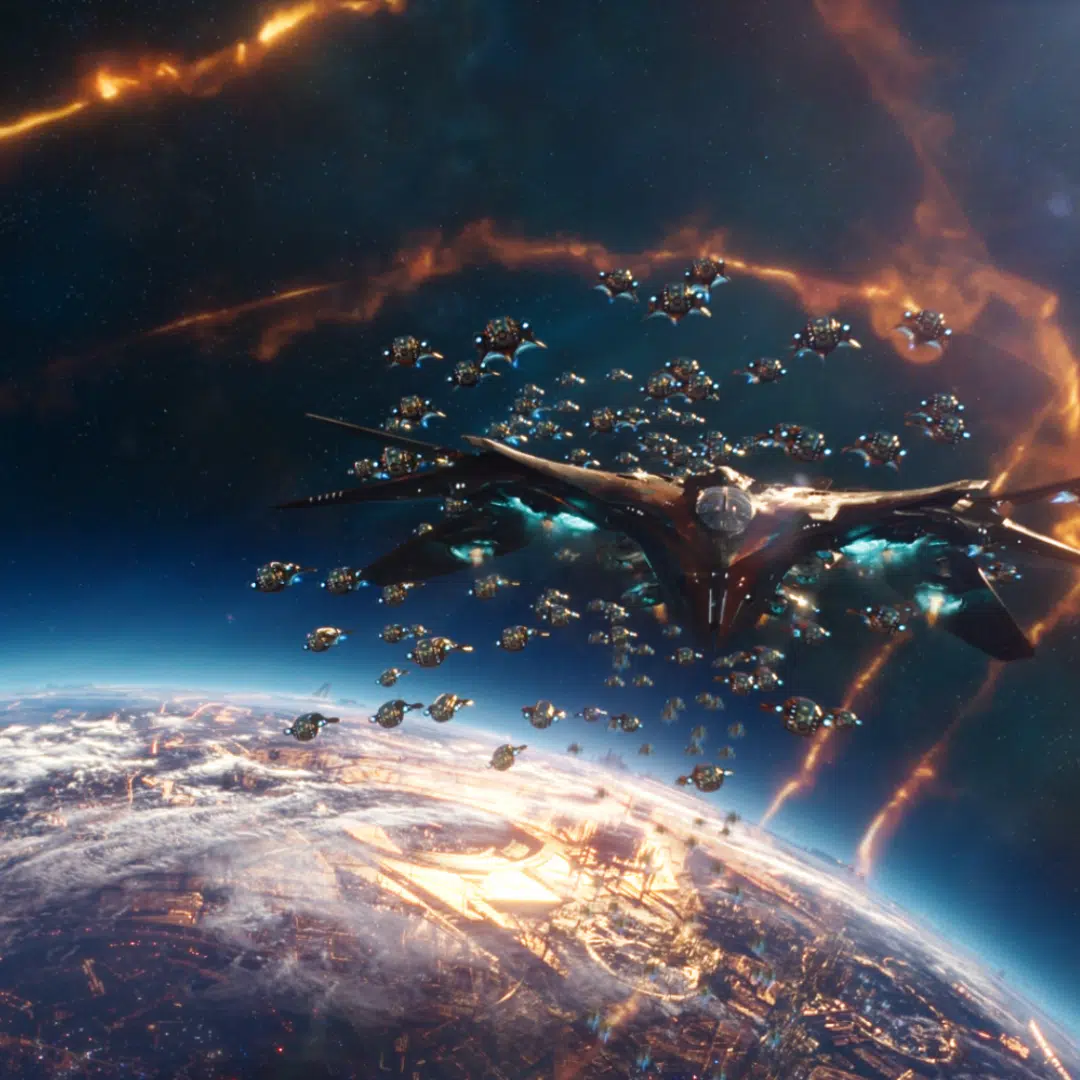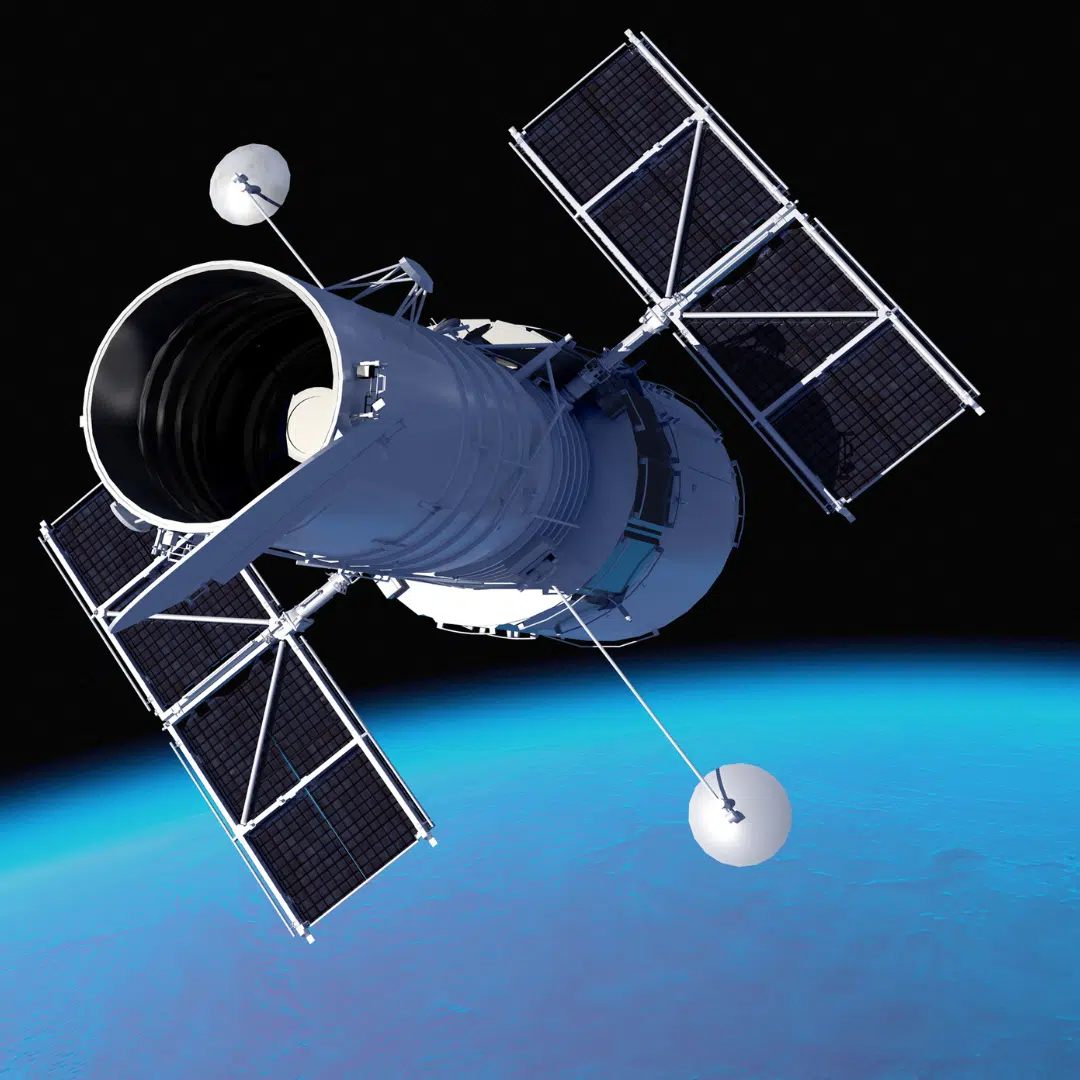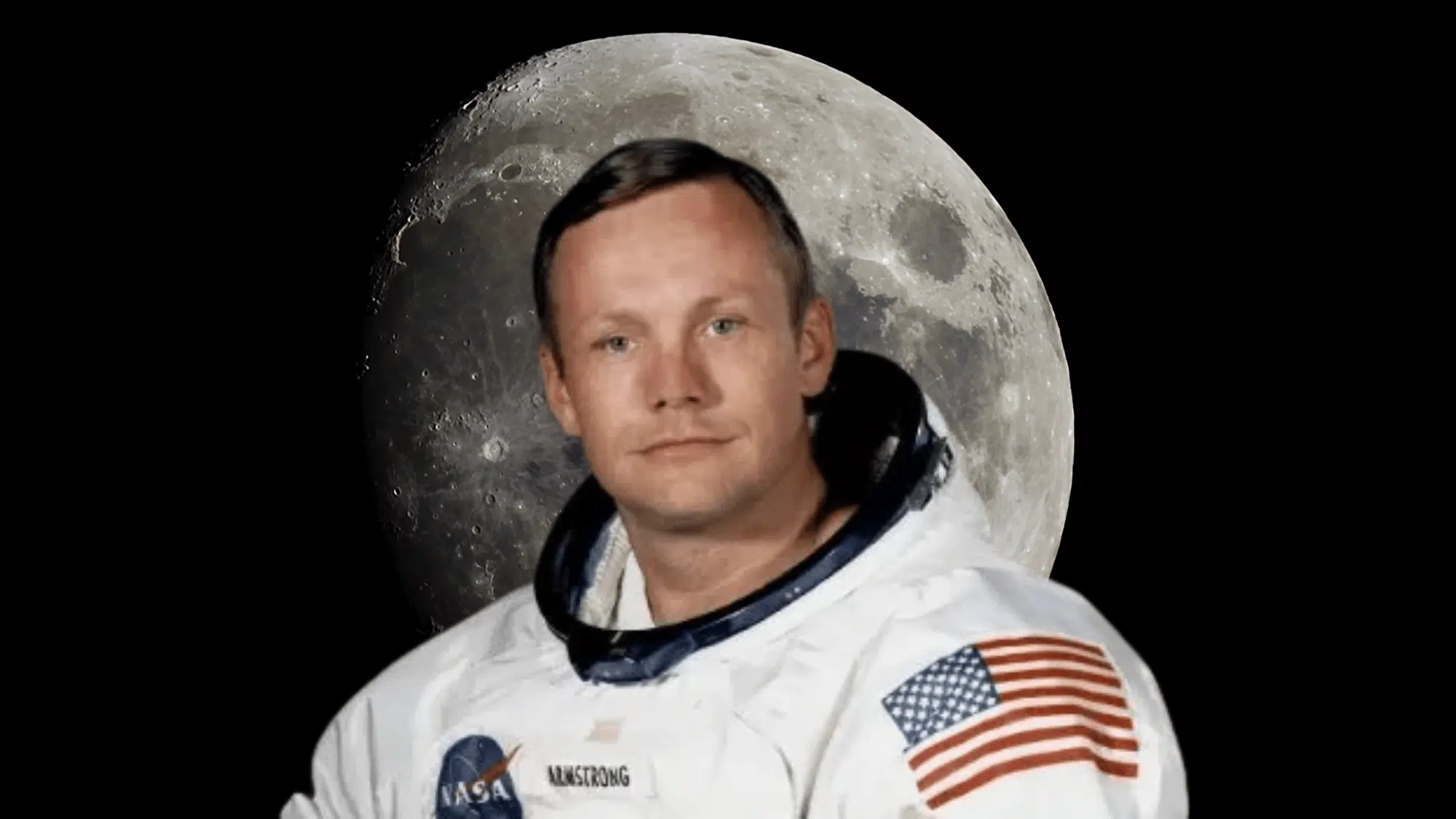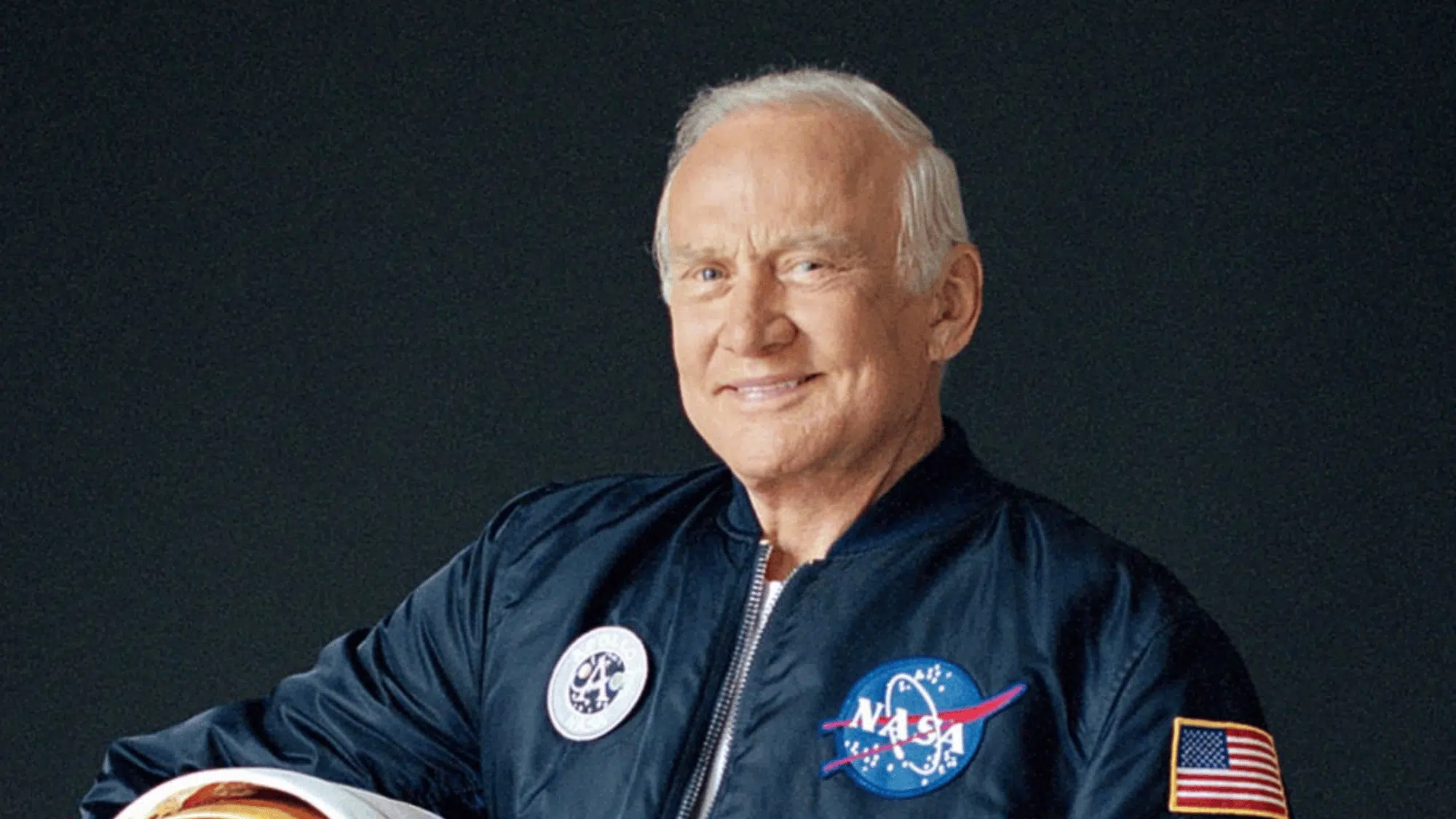Have you ever wondered what the planets in our solar system are? This is a common question that many students and space enthusiasts ask.
Understanding what the planets are helps us learn more about the amazing worlds that exist around our Sun. Each of these celestial bodies has unique features and characteristics that make it fascinating to study.
Our solar system is full of incredible places, from rocky worlds close to the Sun to icy bodies far away in space.
In this blog, we will read the complete list and explain what makes each one special. Keep reading to gain everything you need to know about the planets of our solar system.
How Many Planets are There in the Solar System
The confusion about how many planets exist is completely normal. Many adults grew up learning there were nine planets, including Pluto.
Then in 2006, scientists changed the rules about what counts as a planet. Pluto became a “dwarf planet” instead, leaving us with eight official planets.
Some people search for twelve planets because they want to include dwarf planets like Pluto, Eris, and Ceres in the count. Others remember old classroom posters or books from before the change.
This mix of old and new information creates confusion. The truth is that scientists now recognize 8 main planets, plus 5 recognized dwarf planets, for a total of 13.
Confusion Over 12 Planets in Our Solar System
The confusion about planet numbers stems from changing definitions and discoveries over centuries. Different classification systems have sparked ongoing debates about what constitutes a planet.
Historical Evolution of Planet Classification:
- Ancient astronomers counted seven wanderers – The Sun, Moon, Mercury, Venus, Mars, Jupiter, and Saturn were all considered planets in the geocentric model.
- Copernicus changed everything in the 16th century – His heliocentric model removed the Sun and Moon from the planet list and added Earth as a planet.
- New discoveries expanded the count – Uranus in 1781 and Neptune in 1846 brought the total to eight known planets orbiting the Sun.
- Ceres and Pluto caused classification problems – Ceres was initially called a planet in 1801 before becoming an asteroid, while Pluto held planet status from 1930 to 2006.
- The 2006 IAU definition settled the debate officially – Planets must orbit the Sun, be round from their own gravity, and clear their orbital path of debris.
- Alternative proposals suggest 12 planets – Some astronomers include dwarf planets like Pluto, Eris, and other large objects in broader classification systems that remain debated today.
Official List of Planets in our Solar System
Our solar system has eight official planets, each unique and interesting in its own way. Here’s a quick look at their main features and what makes them special.
1. Mercury
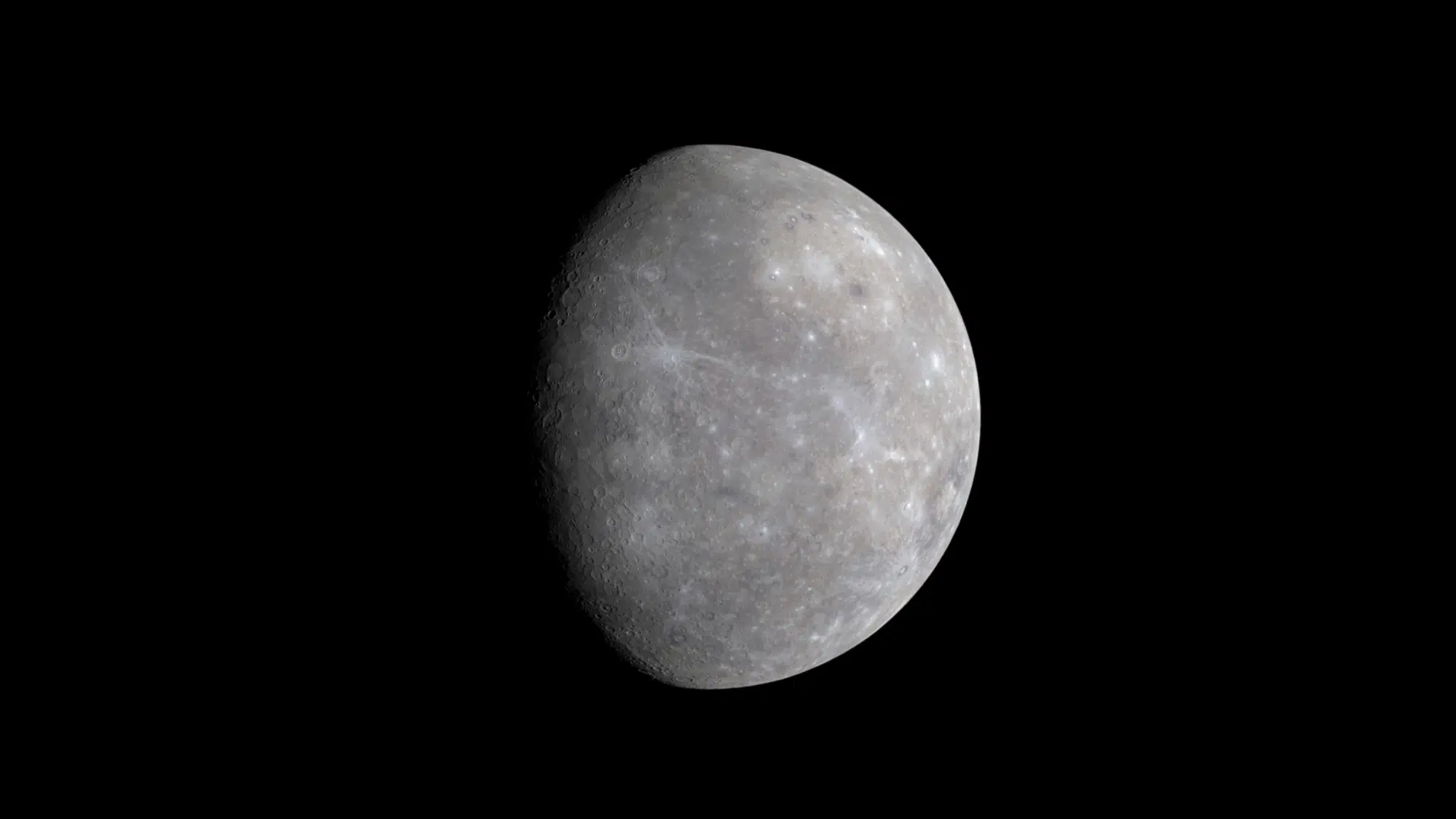

Image Source: Britannica
Mercury is the smallest planet in our solar system and sits closest to the Sun. Because it has almost no atmosphere to hold heat, temperatures swing wildly from scorching hot during the day to freezing cold at night.
This tiny world has no moons orbiting around it. Its surface is covered with craters from ancient asteroid impacts, similar to Earth’s Moon.
Mercury travels around the Sun faster than any other planet, completing its orbit in just 88 Earth days. Scientists find it challenging to study because of its proximity to the Sun’s blinding light.
2. Venus
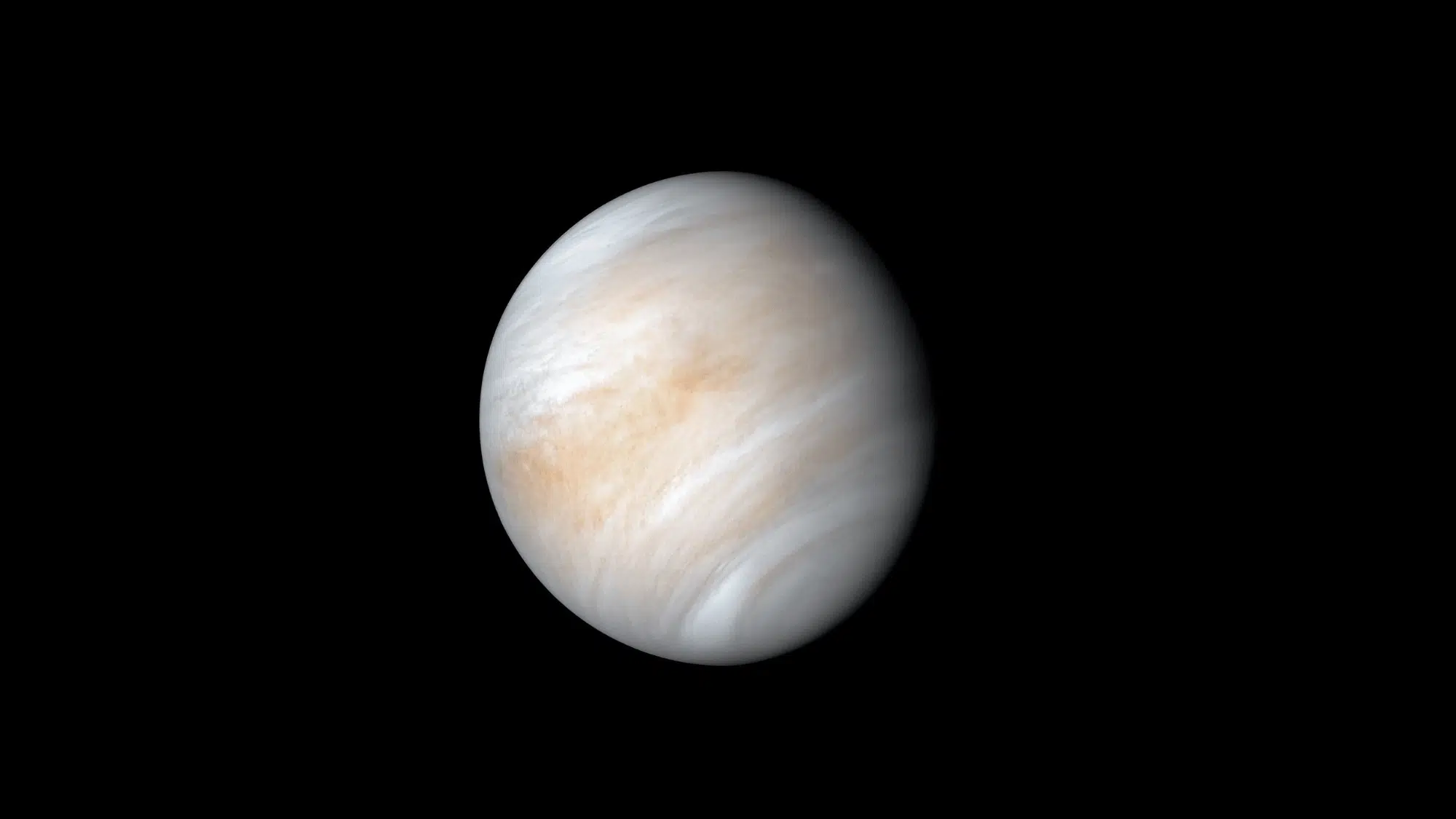

Image Source: Wikipedia
Venus is nearly the same size as Earth, which is why astronomers sometimes call it our sister planet. Thick clouds of sulfuric acid completely cover the planet, trapping heat like a greenhouse and making Venus hotter than even Mercury.
The surface temperature can melt lead easily. Its atmosphere is so dense that standing on Venus would feel like being deep underwater.
The planet spins very slowly and actually rotates backward compared to most other planets. No human spacecraft has survived more than a few hours on its harsh surface.
3. Earth
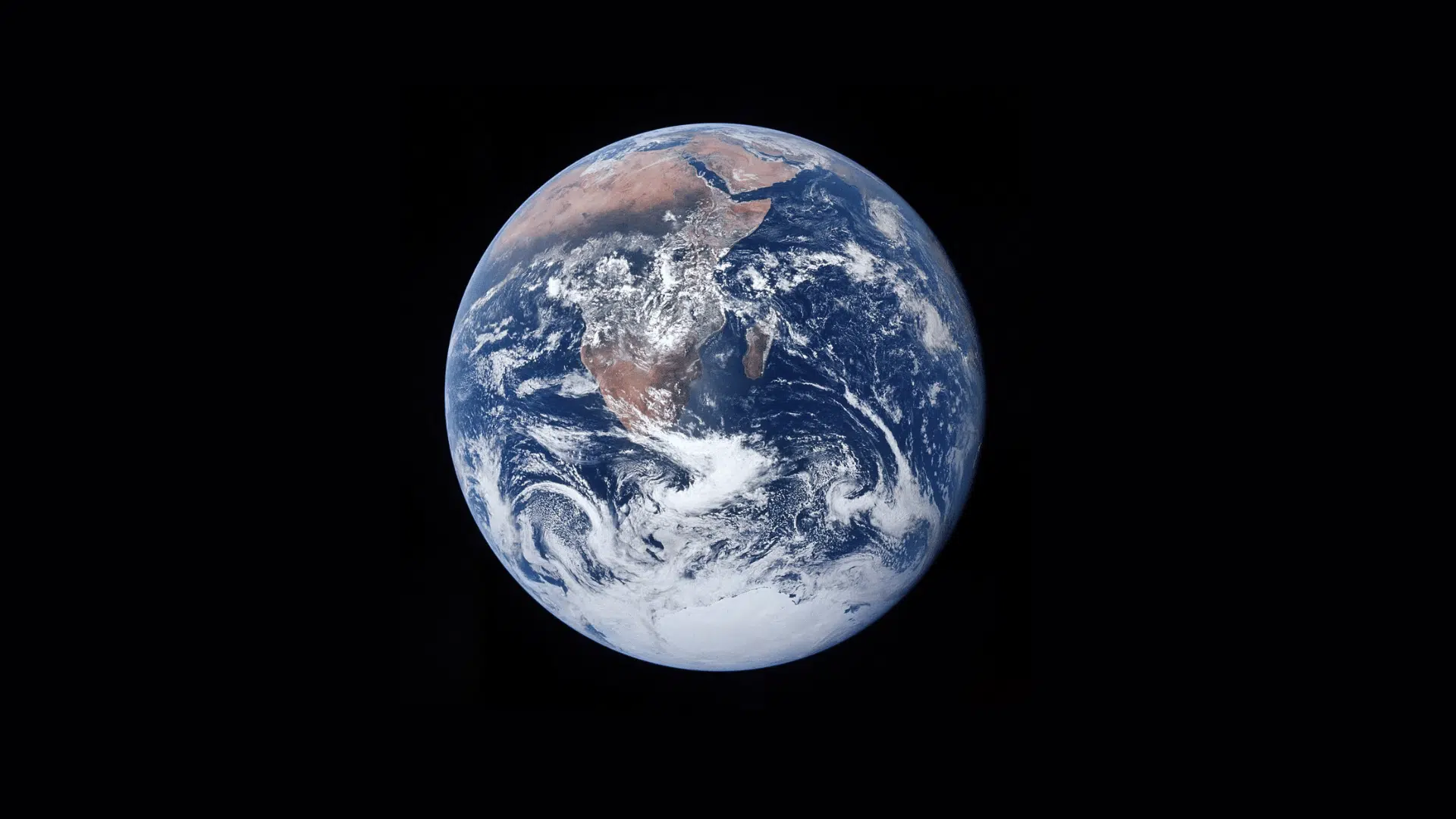

Image Source: Wikipedia
Earth is the only planet we know of that supports life in all its amazing diversity. Our home sits at just the right distance from the Sun, neither too hot nor too cold, to keep water in liquid form.
The atmosphere protects us from harmful space radiation and provides the oxygen we need to breathe.
Oceans cover about 70 percent of the planet’s surface, giving Earth its beautiful blue appearance from space.
Our single moon helps stabilize Earth’s tilt and creates ocean tides. Scientists continue searching throughout the universe for another planet like ours that might support living organisms.
4. Mars
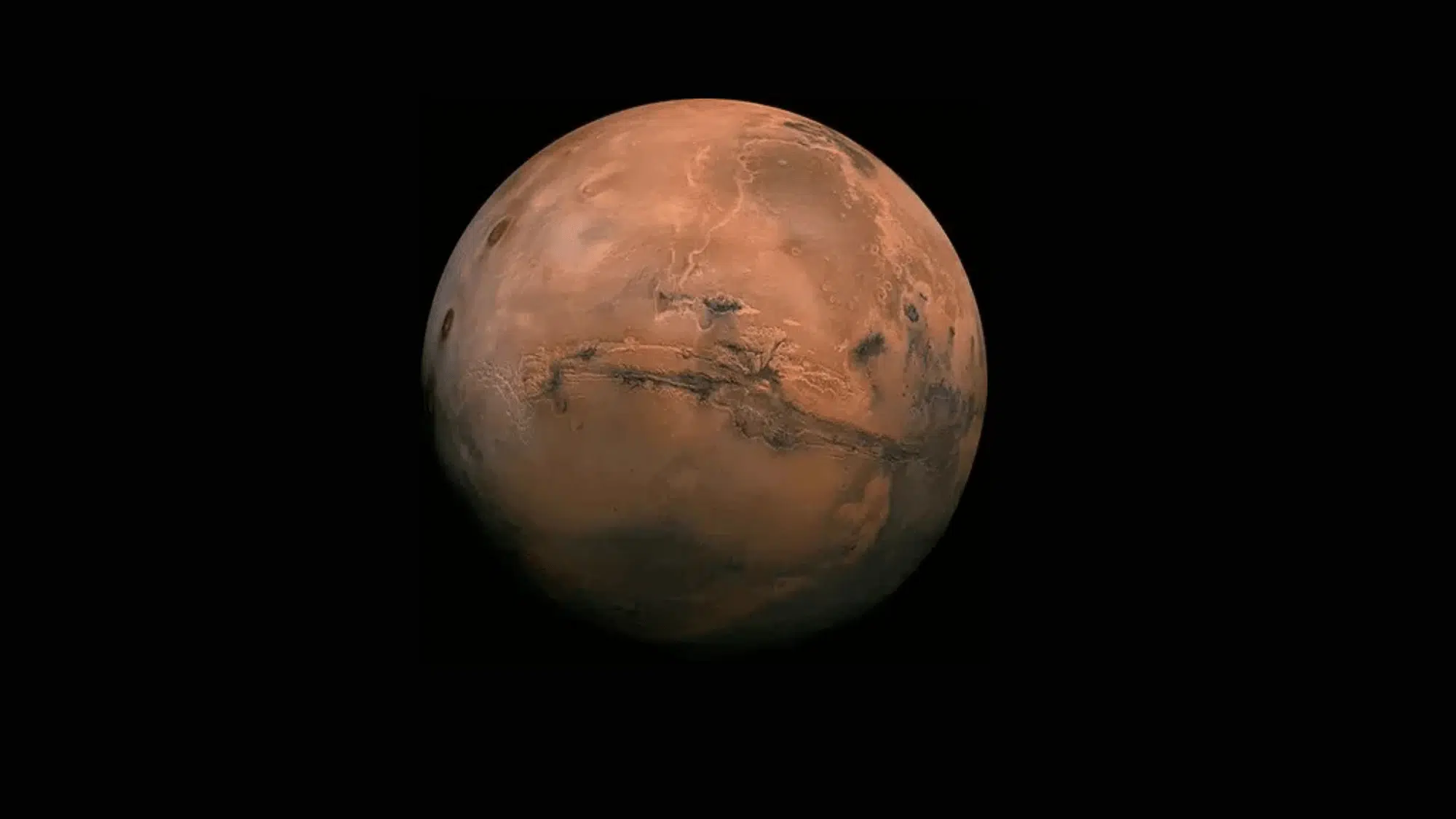

Image Source: NASA
Mars gets its red color from iron oxide, or rust, coating its rocky surface. About half the size of Earth, it has two small moons, Phobos and Deimos.
Evidence shows that liquid water once flowed across Mars, forming channels and ancient lakes. Today, ice remains at the poles and likely underground.
Rovers and satellites continue to study the planet’s surface and atmosphere, helping scientists learn if life once existed and how humans might someday live there.
5. Jupiter
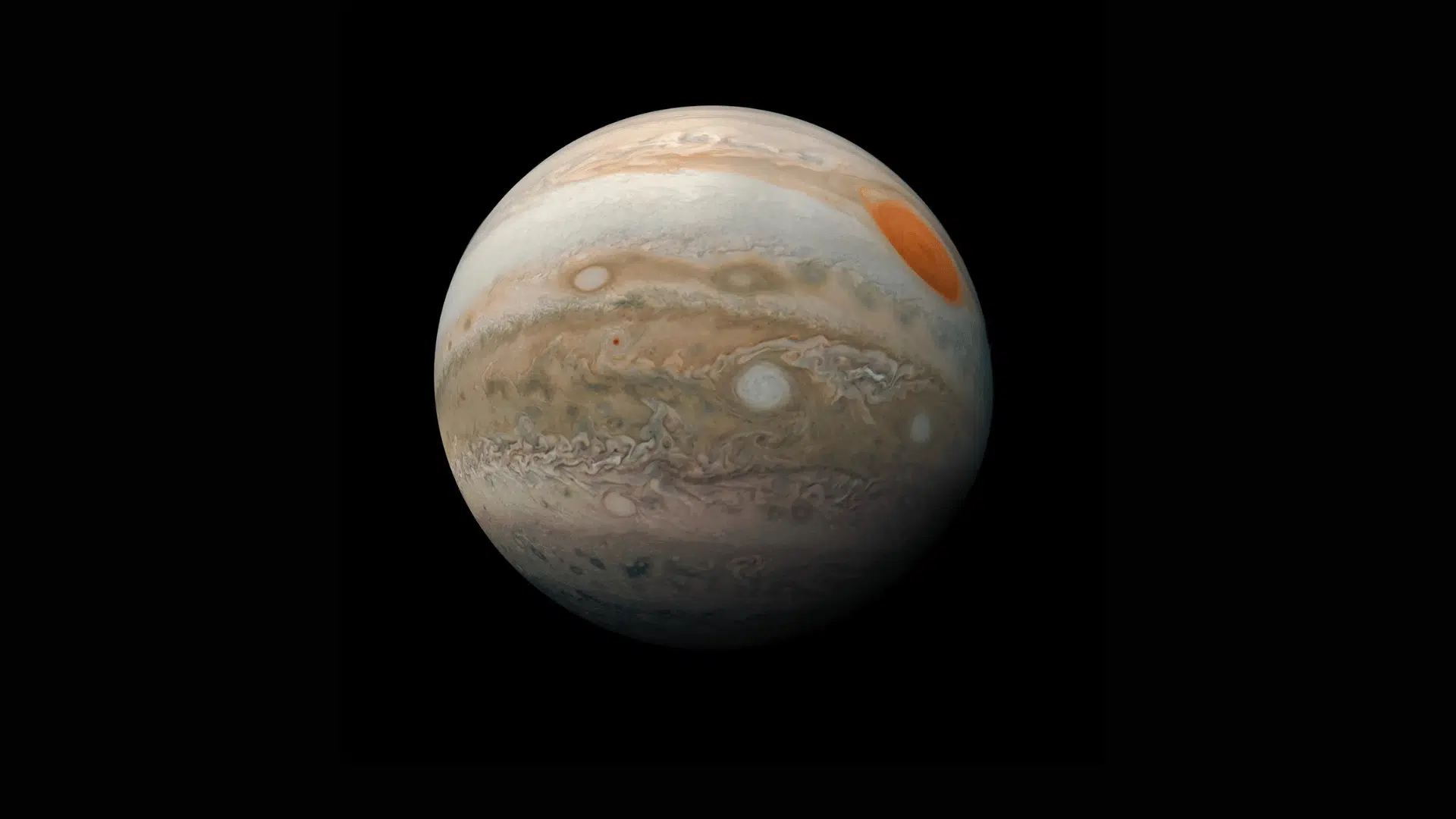

Image Source: NASA
Jupiter is the largest planet in our solar system, made mostly of hydrogen and helium with no solid surface.
Its swirling bands and the Great Red Spot, a giant storm larger than Earth, make it instantly recognizable. The planet’s strong magnetic field produces dazzling auroras near its poles.
With at least 79 moons, including four discovered by Galileo, Jupiter’s immense gravity also helps protect Earth by pulling in asteroids and comets that could otherwise pose a danger
6. Saturn
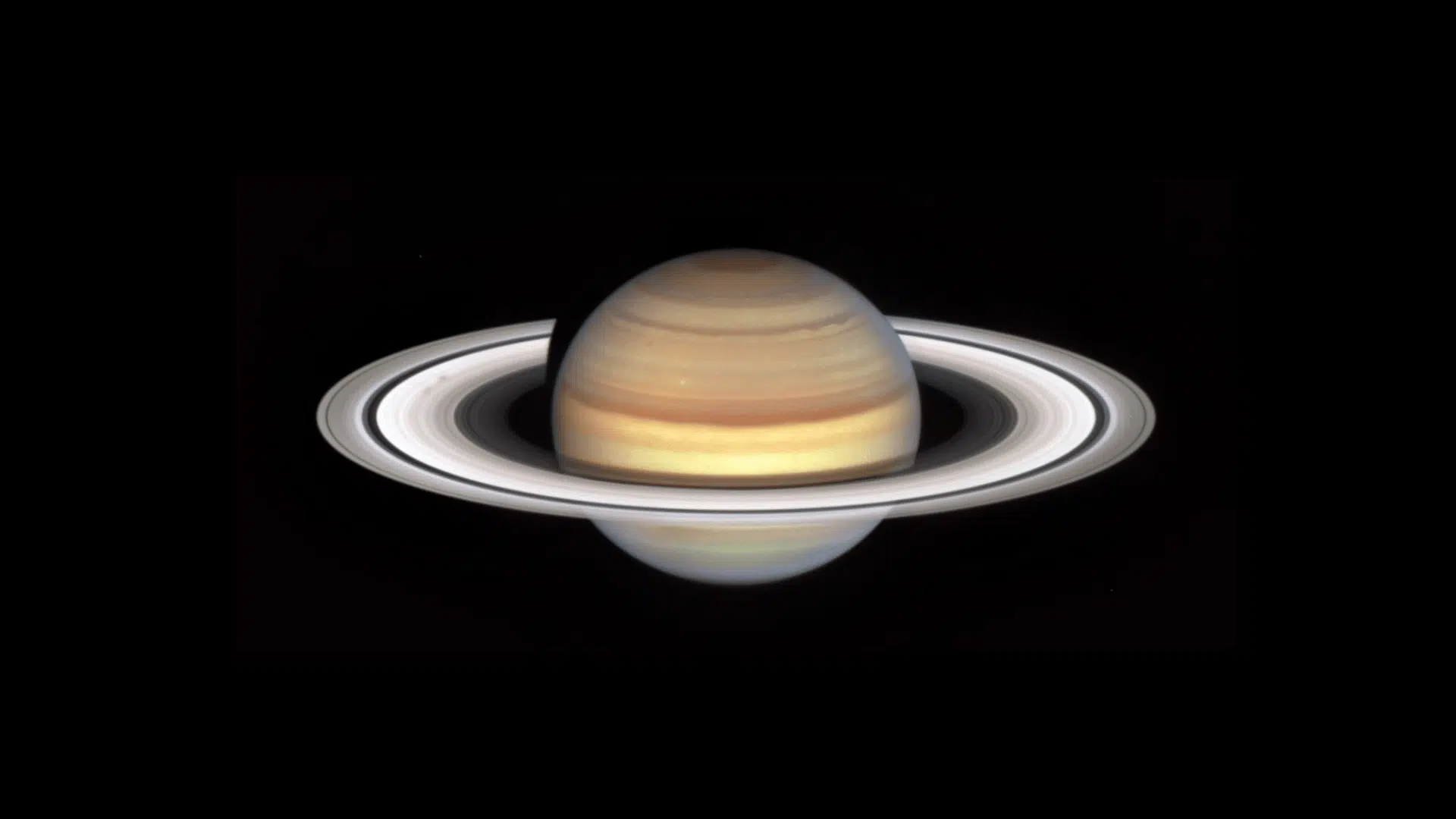

Image Source: NASA
Saturn is famous throughout the universe for its spectacular ring system that circles the planet like a spinning disk. These rings are made of billions of chunks of ice and rock, ranging from tiny grains to pieces as big as houses.
The planet itself is mostly hydrogen and helium, and it’s so light it would actually float if you could find an ocean big enough.
Saturn has over 80 confirmed moons, with Titan being the largest and having its own thick atmosphere. Scientists remain fascinated by the mysteries of this beautiful planet.
7. Uranus
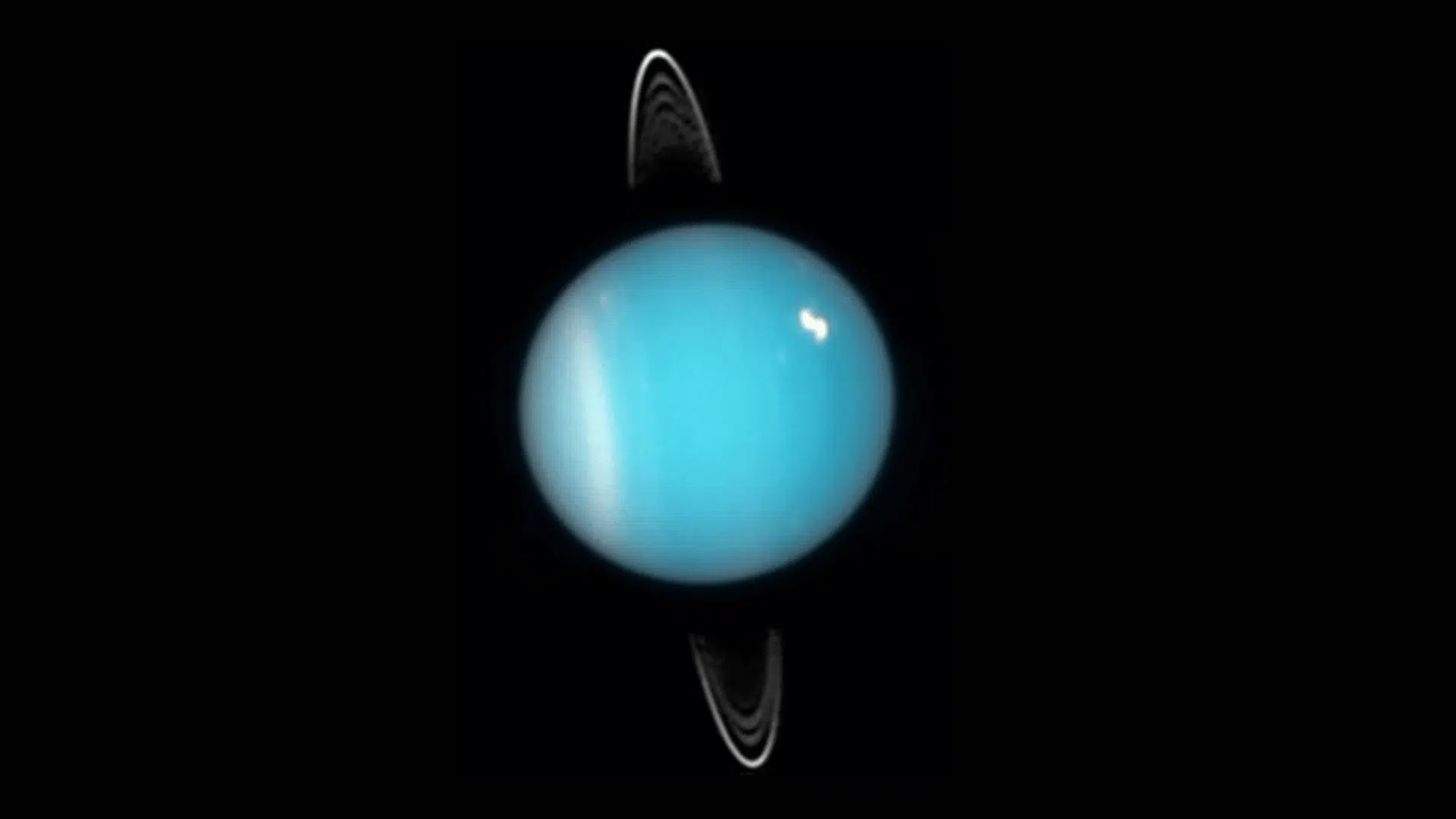

Image Source: Wikipedia
Uranus is unique because it spins on its side, likely caused by a massive collision long ago. This tilt gives each pole 42 years of sunlight and 42 years of darkness.
Its pale blue-green color comes from methane gas that absorbs red light. Classified as an ice giant, Uranus holds water, ammonia, and methane, and has 27 known moons.
The distant planet takes about 84 Earth years to travel once around the Sun, completing its long, cold orbit.
8. Neptune
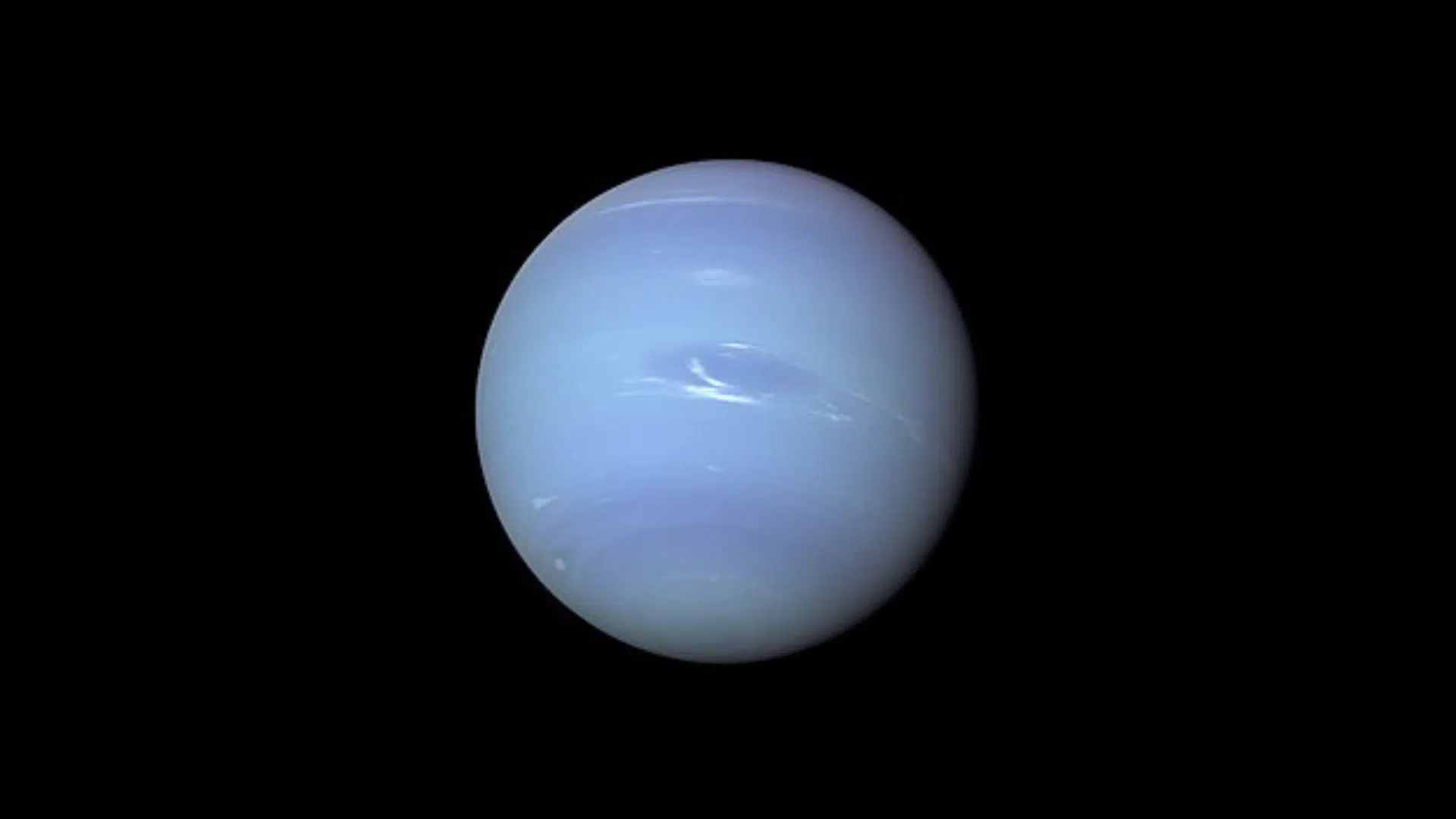

Image Source: Wikipedia
Neptune is the farthest planet from the Sun, nearly three billion miles away. Its deep blue color comes from methane in its atmosphere.
Despite its distance and cold temperatures, Neptune has the fastest winds in the solar system, blowing over 1,200 miles per hour. Dark storms often appear and fade across its surface.
The planet has 14 moons, including Triton, which orbits in the opposite direction. Neptune’s long orbit around the Sun takes about 165 Earth years to complete.
Dwarf Planets in the Solar System
Dwarf planets are celestial bodies that orbit the Sun and are massive enough for their gravity to shape them into a nearly round form.
However, they differ from normal planets because they do not possess “orbital dominance,” meaning they have not cleared their orbits of other objects. The following are the known dwarf planets in the solar system:
9. Pluto
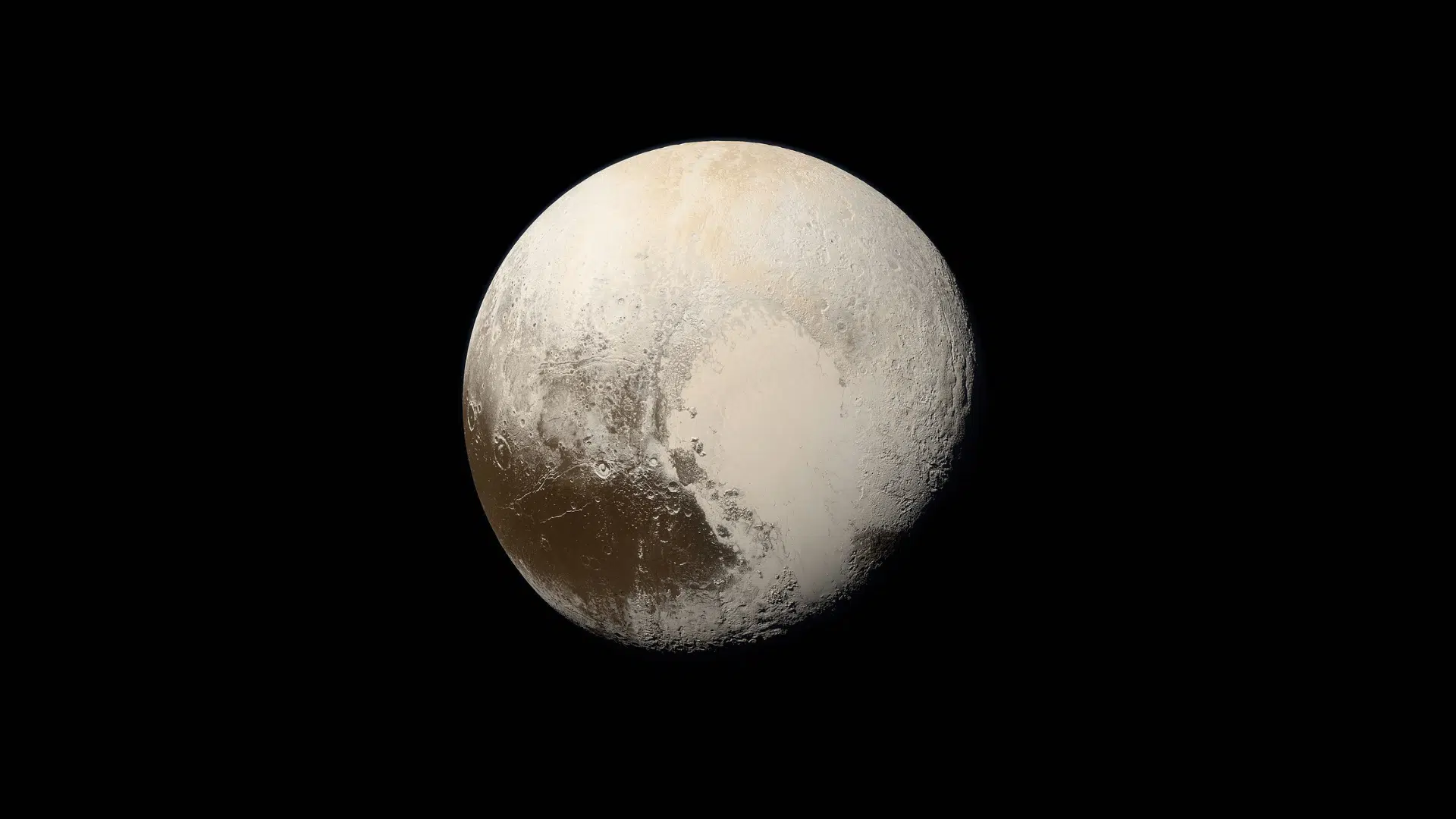

Image Source: Wikipedia
Pluto lives in the Kuiper Belt, about 3.7 billion miles from the Sun. Clyde Tombaugh found it in 1930, and it measures 1,473 miles across. Five moons orbit Pluto, with Charon being the biggest.
In 2015, the New Horizons spacecraft flew past and took amazing pictures. We saw a heart-shaped area, tall ice mountains, and active geology.
Pluto has a thin atmosphere made of nitrogen that freezes when it moves farther from the Sun.
10. Eris
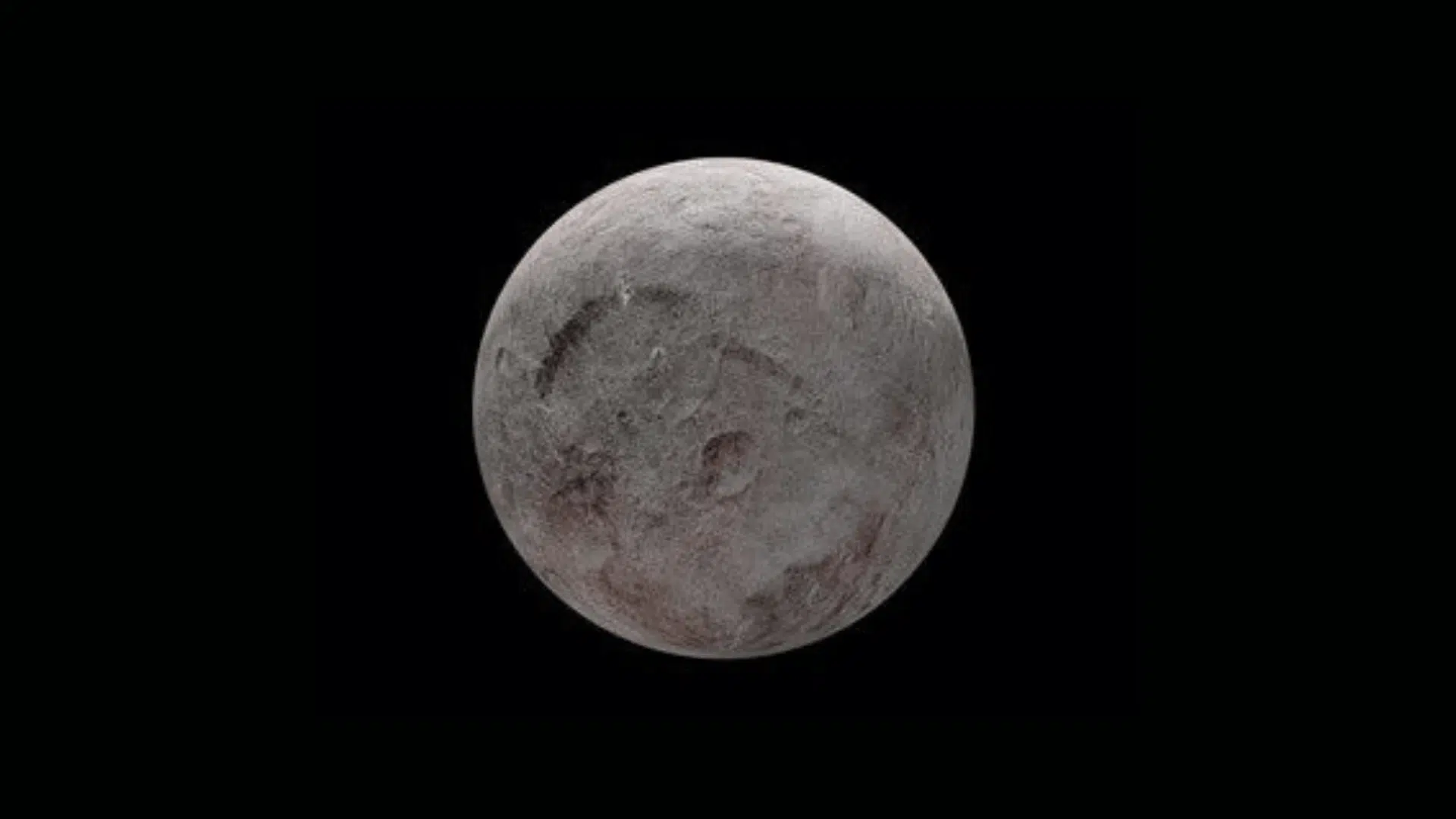

Image Source: NASA
Eris travels in the scattered disc area, reaching up to 97 times Earth’s distance from the Sun. When scientists discovered it in 2005, they started debating what makes a planet.
Even though Eris is slightly smaller than Pluto at 1,445 miles wide, it weighs more. One moon called Dysnomia circles around it. Methane ice covers the surface, making it shine brightly.
Eris takes 557 years to go around the Sun once, traveling through very different temperature zones.
11. Ceres
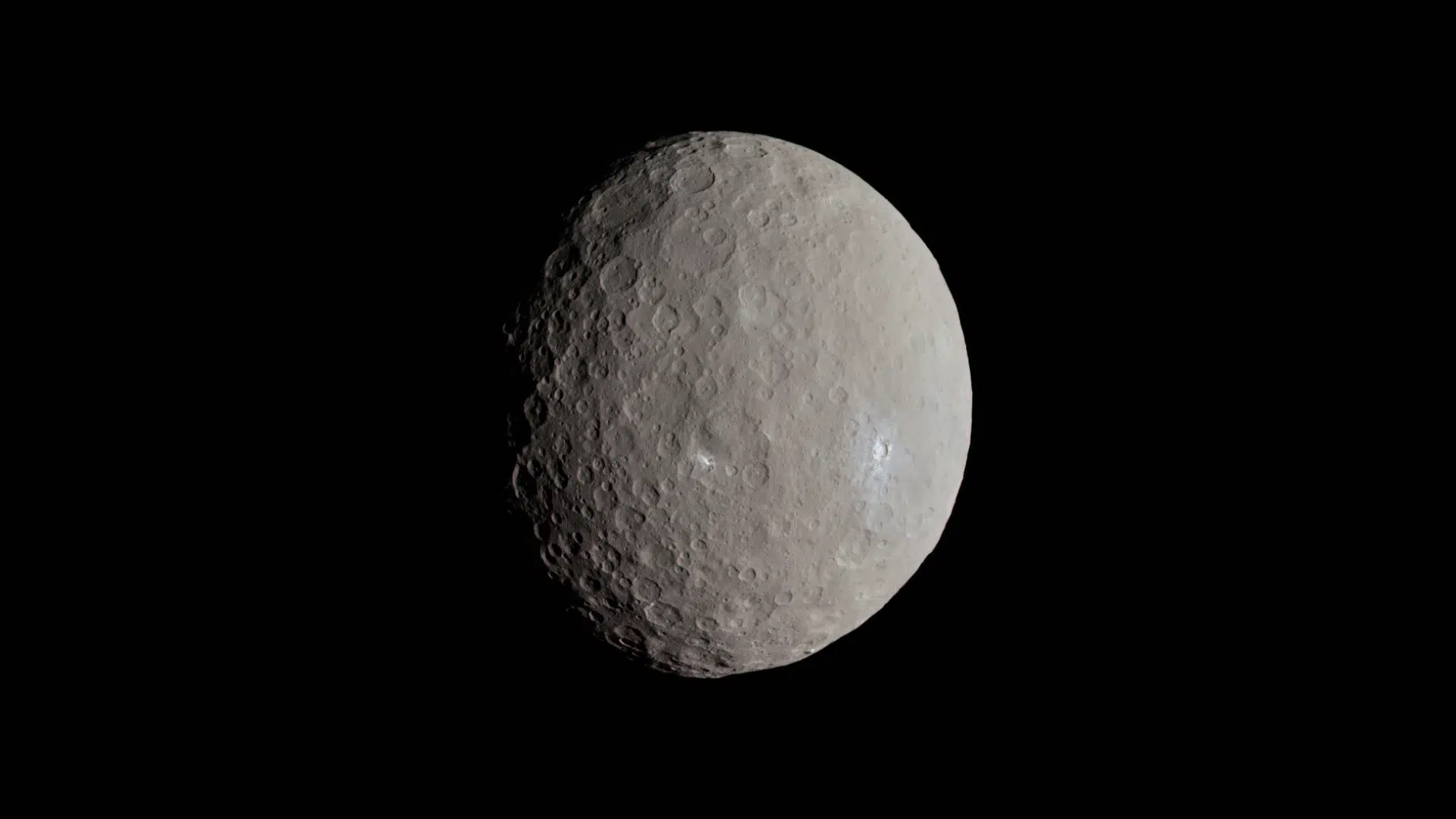

Image Source: Wikipedia
Ceres is special because it’s the only dwarf planet between Mars and Jupiter, sitting 257 million miles from the Sun. Scientists first spotted it in 1801, making it the first asteroid ever found.
At 590 miles across, it’s the biggest object in the asteroid belt. The Dawn spacecraft visited and found bright white spots made of salt, hints of an underground ocean, and possible ice volcanoes.
These discoveries showed us that Ceres is more interesting than anyone expected.
12. Makemake
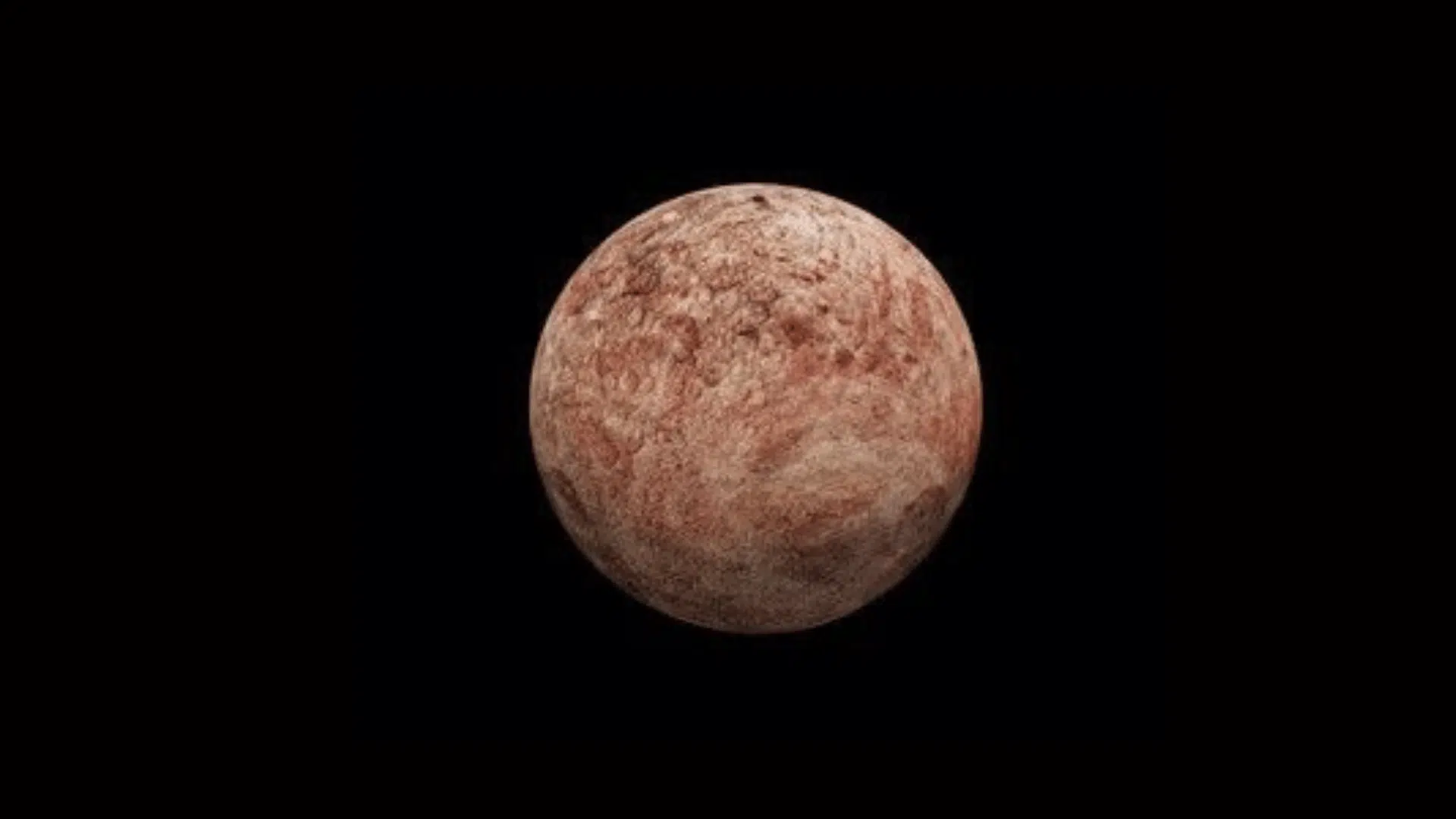

Image Source: NASA
Makemake sits in the Kuiper Belt, 45.8 times farther from the Sun than Earth. It takes 305 years to finish one trip around our star.
Scientists found it in 2005 around Easter and named it after a Polynesian god. This world measures 870 miles wide and has a reddish-brown color.
One small moon orbits it, which scientists discovered in 2016. Temperatures drop to minus 406 degrees Fahrenheit on the surface, cold enough to freeze almost everything.
13. Haumea
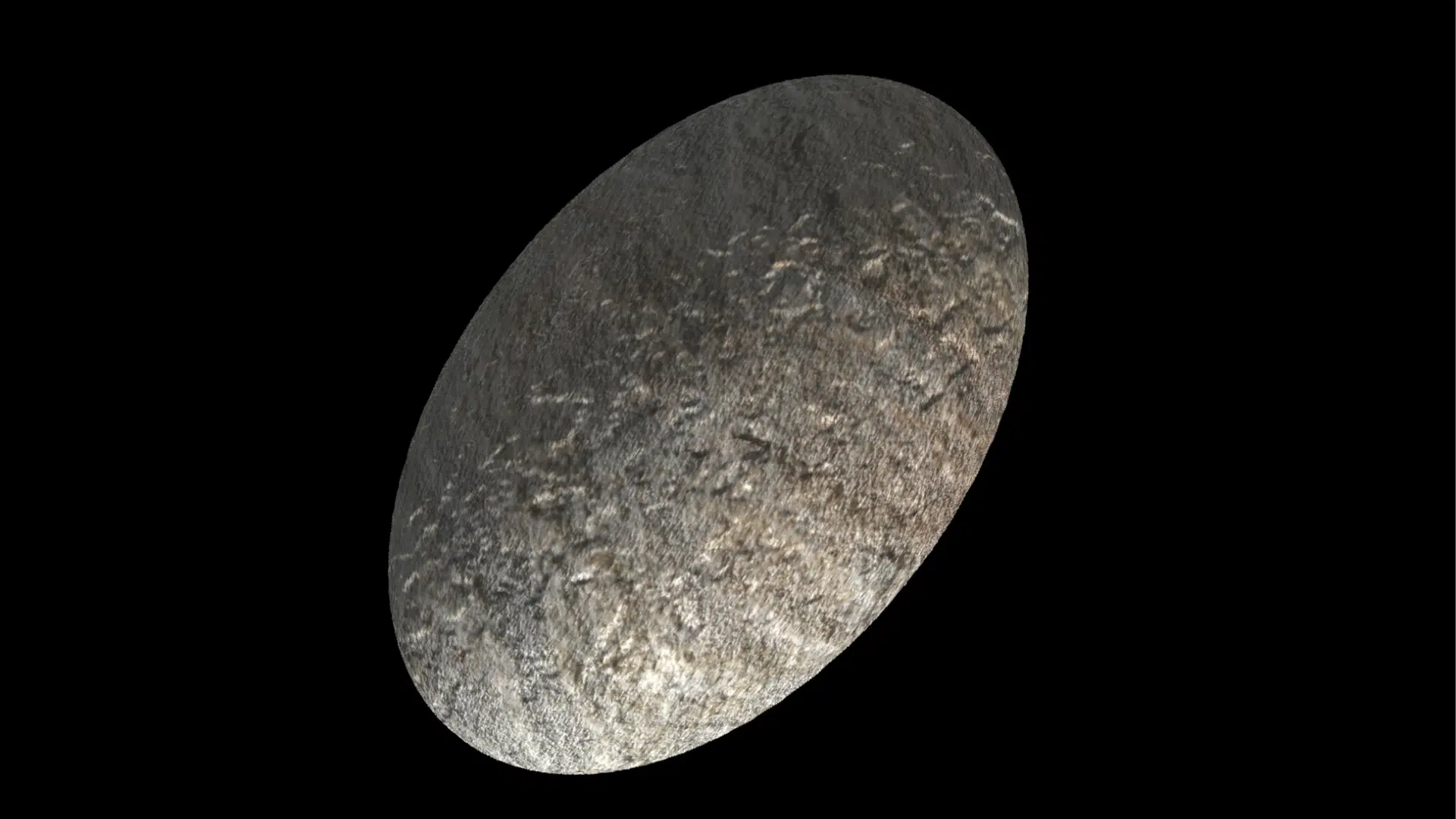

Image Source: CDC
Haumea lives in the Kuiper Belt, 43 times Earth’s distance from the Sun, taking 285 years per orbit. Its weird football shape makes it unique; it stretches 1,218 miles long.
Haumea spins faster than any other large space object, completing one turn every four hours. Two moons travel around it.
Scientists were surprised in 2017 when they found rings circling Haumea. This made it the first dwarf planet known to have a ring system like Saturn.
Conclusion
Now you know that our solar system officially has eight planets and several dwarf planets. Each world tells a unique story about how our cosmic neighborhood formed billions of years ago.
Understanding both main and dwarf planets helps us appreciate the incredible variety of worlds orbiting our Sun.
From scorching Venus to icy Pluto, each one adds a new piece to the puzzle. The universe holds endless mysteries waiting for you to find.
Continue to find space through telescopes, apps, or simply stargazing from your backyard. There’s always something amazing beyond our home planet, Earth.



